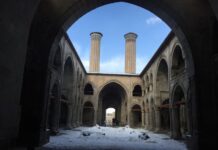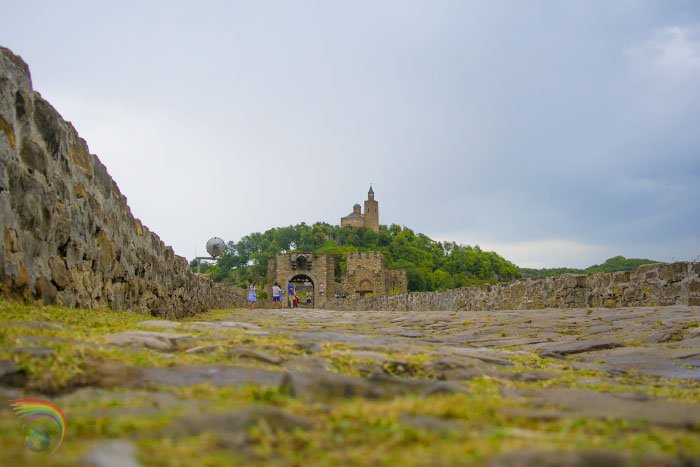In Pergamum, Jesus praised the believers for being faithful to His name. They stood strong in their belief in the deity of Christ despite challenges. The church in Pergamum represents the church history during the years A.D. 314 to A.D. 590.
Defenders of the Faith
During this time, there were important church leaders who defended the core beliefs of Christianity. One of these leaders was Athanasius, who fought against Arianism, a belief that denied that Jesus is God. Thanks to him, the Council of Nicea in A.D. 325 condemned Arianism The Temple of Asklepios and Healing.
Another key figure was Augustine, who stood against the Pelagian heresy, which denied original sin and the idea that humans are totally corrupt. He also defended the belief that God’s grace cannot be resisted. These men were giants of the faith, defending the important doctrines of Christianity during this period.
The Church at Thyatira
The church at Thyatira represents the time of Romanism, which lasted from A.D. 590 to A.D. 1000. This period is often called the Dark Ages Guided Tours Istanbul.
Location of Thyatira
Thyatira was a city located inland from Pergamum. It was in a beautiful area, as described by Sir William Ramsey:
Thyatira was located at the entrance of a long valley connecting the Hermus and Caicos Valleys.
A stream flowed down the valley and joined the Lycus River, which was a major tributary of the Hermus River.
The valley was an important route for communication between the two regions and was used for trade and travel throughout ancient times.
Today, a railway runs along this route, which was once one of the main roads of Asia Minor.








